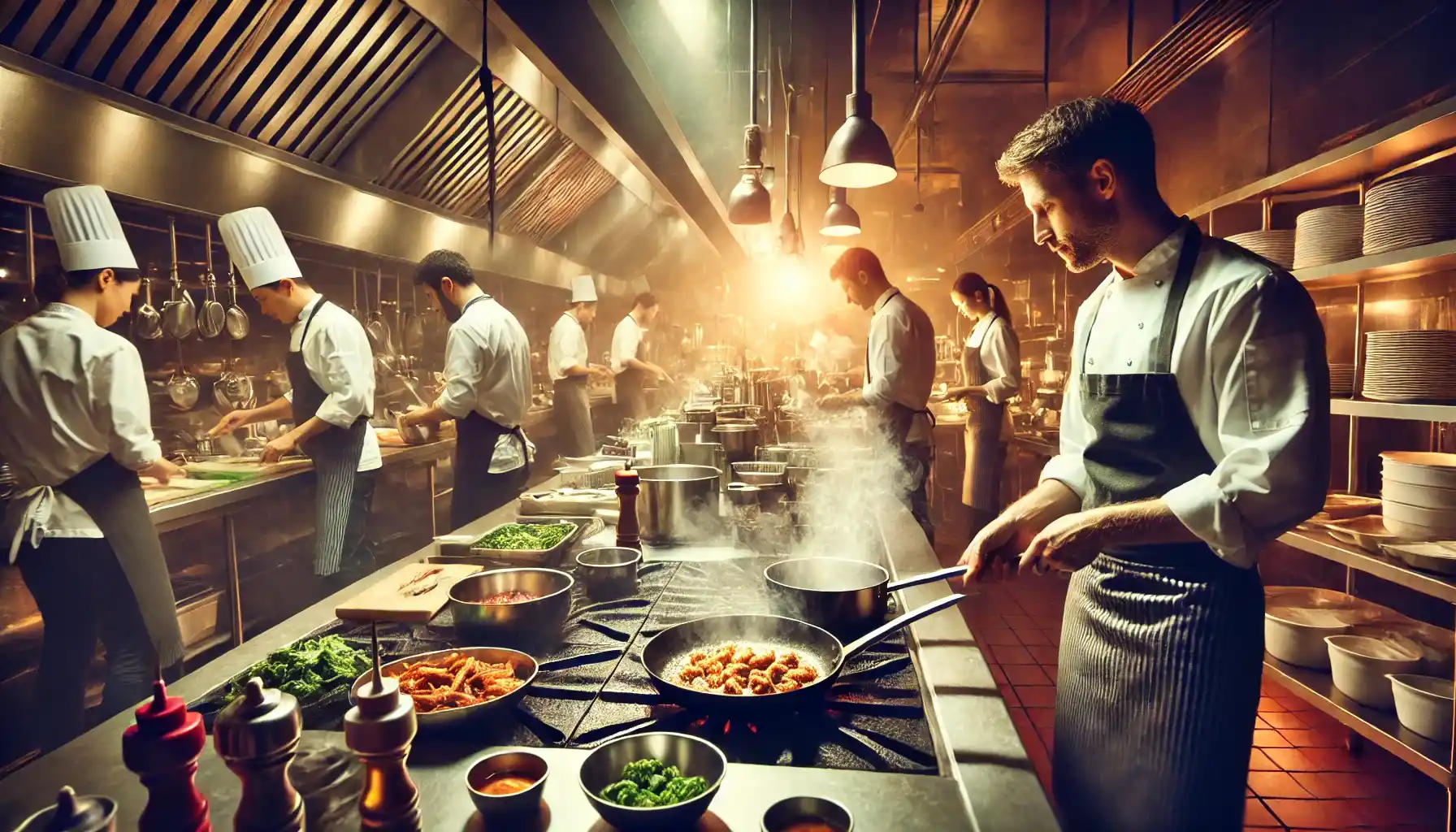In any restaurant kitchen, the head chef is the mastermind behind the entire operation. Responsible for menu creation, ingredient selection, and maintaining high standards, the head chef ensures that every dish meets the restaurant’s vision. They coordinate with suppliers to source the freshest ingredients and guide the kitchen staff through the preparation of each item. Additionally, they ensure that food safety regulations are strictly followed, managing the flow of work and ensuring every plate is consistent and perfect.
Stations and Specializations
The kitchen is divided into various stations, each responsible for a specific type of food preparation. These stations include the grill station for meats, the sauté station for stir-fries and quick-cooked items, the salad or “garde-manger” station, and the pastry station for desserts. Each chef, or “line cook,” specializes in one of these areas, ensuring that every part of the dish is expertly prepared. The division of labor allows the kitchen to run smoothly, even during the busiest times.
The Art of Timing
Timing is everything in a restaurant kitchen. With dozens of orders coming in, chefs must synchronize their efforts to ensure that every dish is cooked and delivered at the perfect moment. This means carefully coordinating between stations, watching cooking times, and adjusting as needed to avoid overcooking or undercooking. The communication between team members is key to this process, as one delay at a station can throw off the entire flow. Timing extends beyond cooking—plating and presenting dishes quickly while maintaining quality is crucial.
Innovation and Creativity
Though kitchens are often seen as places of routine and precision, they are also spaces of innovation and creativity. Chefs constantly experiment with new flavors, techniques, and presentations to keep the menu fresh and exciting. Seasonal ingredients, cultural influences, and the latest culinary trends inspire chefs to push boundaries and try new things. Special dishes or daily features often emerge from this creative process, allowing restaurants to surprise and delight their guests with new, unexpected flavors.
